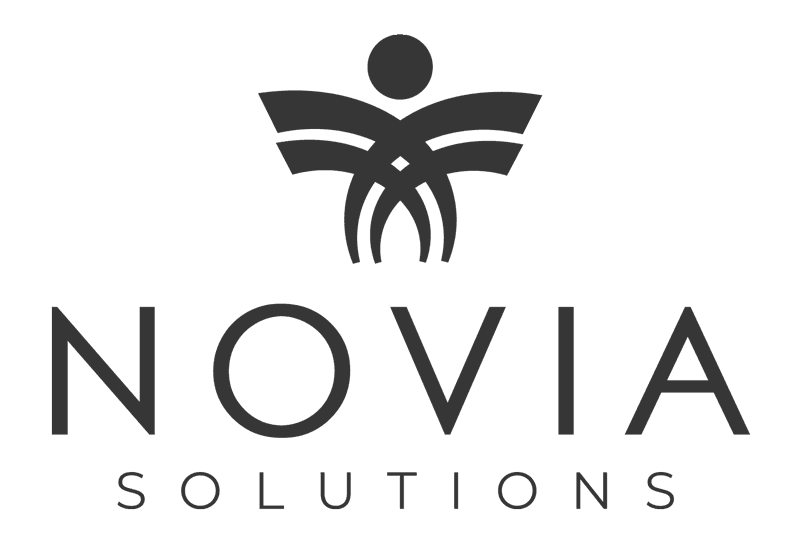Whether you are looking to move into a management position or are already there, having a strong understanding of how to balance your unit’s budget will help you drive profits for your organization. It is essential for nurse managers to have a strong understanding of how their unit’s budget is affected by operating activities, resources, supplies and of course staffing in order to successfully plan and execute your unit’s day-to-day operations. And while this may not be new information for many nurse leaders, below is a brief overview for those who are newer to managing a unit’s operating budget or are simply interested in a straightforward overview:
Unit’s Operating Budget:
o Revenue: the incoming amount brought in through daily operations
o Expenses: the outgoing amount or costs incurred from day-to-day operations The two key components of unit expenses are:
- Employment expenses: which primarily consist of costs incurred either directly or indirectly from staffing
- Contract labor: costs incurred from third party employees
- Orientation and education: costs incurred from continued or initial training/education to ensure staff is well-informed on current clinical practices or policies and procedures
- Benefits: as outlined by state/federal law and the organization
- Non-salary expenses: which primarily consist of supplies and departmental upkeep
- Medical supplies: costs incurred from the use of any and all supplies used to care for patients
- Office supplies: costs incurred from the use of administrative supplies such as papers, computers, etc.
- Leased/rental equipment: costs incurred from renting equipment required for specialized patient care
- Maintenance and repairs: costs that are incurred from fixing both leased and owned equipment that is needed in order to maintain day-to-day operations or patient care within the unit
- Travel: costs incurred when staff is reimbursed for travel to conferences or job fairs etc. either for educational or networking purposes
- Interdepartmental expenses: which consist of costs incurred from transactions between your unit and another
- Pharmacy: pharmaceutical costs incurred from patient care
- Central supply: costs incurred from the use of medical supplies that are sourced from the central supply of the organization
Click here to read the full article or follow us on LinkedIn for related articles. To learn more about our Hot Jobs, visit our website. Not interested? Simply send a referral our way and you can earn up to $4,000 per referral.
For additional blogs you might be interested in:


